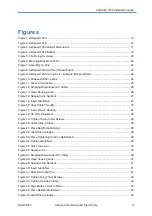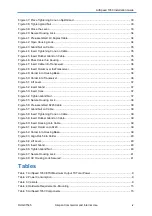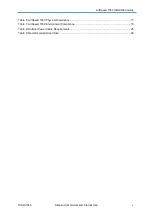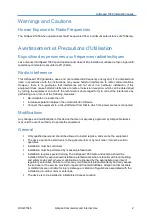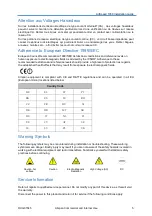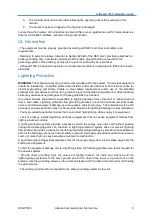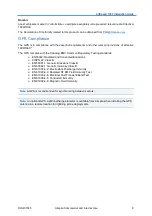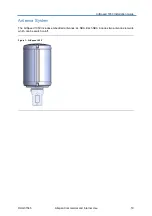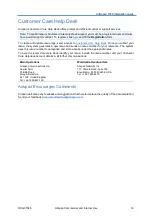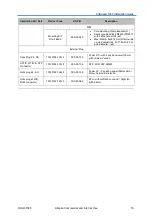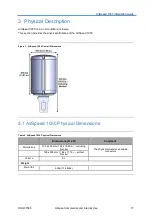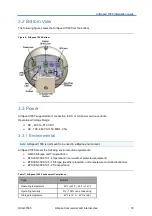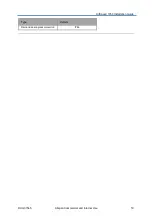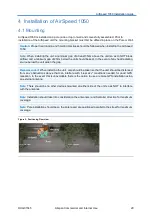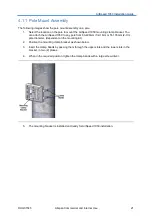
AirSpeed 1050 Installation Guide
DUG01545
Airspan Commercial and Internal Use
6
a. The terminal does not function after following the operating instructions outlined in this
manual.
b. The product has been dropped or the housing is damaged.
Locate the serial number of the terminal and record this on your registration card for future reference.
Also record the MAC address, located on the product sticker.
UL Information
- The equipment must be properly grounded according with NEC and other local safety code
requirements.
- Reminder to system installers: Attention to Section 820-40 of the NEC which provides guidelines for
proper grounding and, in particular, specifies that the cable ground shall be connected to the
grounding system of the building, as close to the point of cable entry as is practical.
- AirSpeed 1050 is designed to operate in environmental conditions complying with IP66 and relevant
standards.
Lightning Protection
WARNING:
The following notes are general recommendations for the system. The wireless equipment
should be installed by a qualified professional installer and must follow local and national codes for
electrical grounding and safety. Failure to meet safety requirements and/or use of non-standard
practices and procedures could result in personal injury and damage to equipment. A direct lightning
strike may cause serious damage even if these guidelines are followed.
All outdoor wireless equipment is susceptible to lightning damage from a direct hit or induced current
from a near strike. Lightning protection and grounding practices in local and national electrical codes
serve to minimize equipment damage, service outages, and serious injury. The antennas are to be DC
grounded, so surge protection may not be required. Reasons for lightning damage are summarized as:
- Poorly grounded tower/antenna sites that can conduct high lightning strike energy into equipment.
- Lack of properly installed lightning protection equipment that can cause equipment failures from
lightning induced currents.
A lighting protection system provides a means by which the energy may enter earth without passing
through and damaging parts of a structure. A lightning protection system does not prevent lightning
from striking; it provides a means for controlling it and preventing damage by providing a low resistance
path for the discharge of energy to travel safely to ground. Improperly grounded connections are also a
source of noise that can cause sensitive equipment to malfunction.
A good tower grounding system disperses most of the surge energy from a tower strike away from the
building and equipment.
To limit the equipment damage due to a lightning strike, the following practices are recommended for
the wireless system:
- Provide direct grounding from the antenna mounting bracket, the radio and antenna and the
lightning/surge protectors to the same ground point at the base of the tower or a ground bus on the
building. Use the grounding screws on the antenna bracket and the radio and antenna for terminating
the ground wires.
- The circuit ground must be connected to the same grounding system as the unit.





